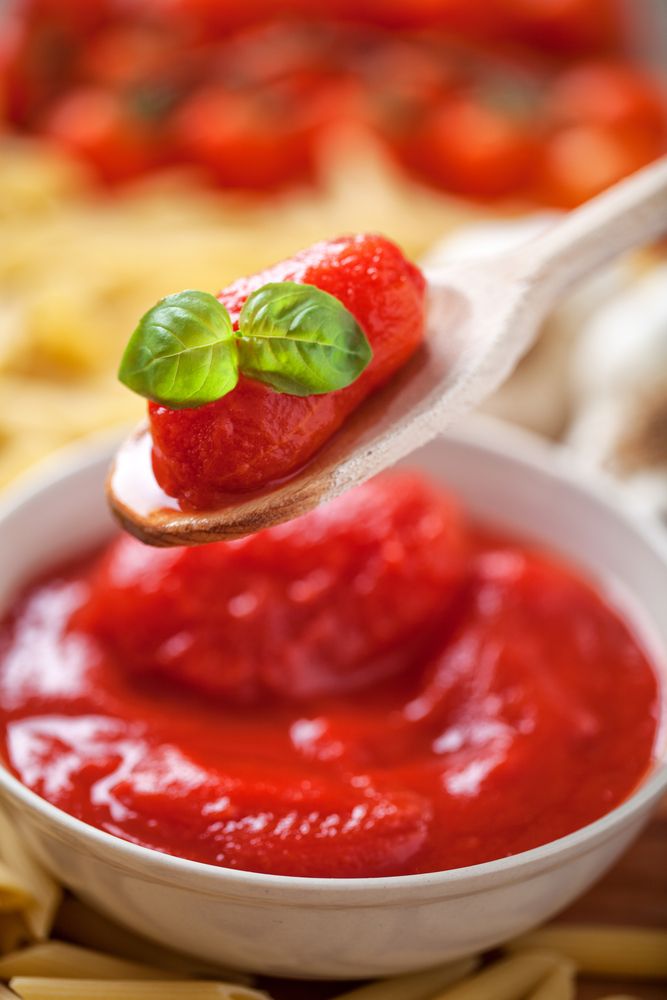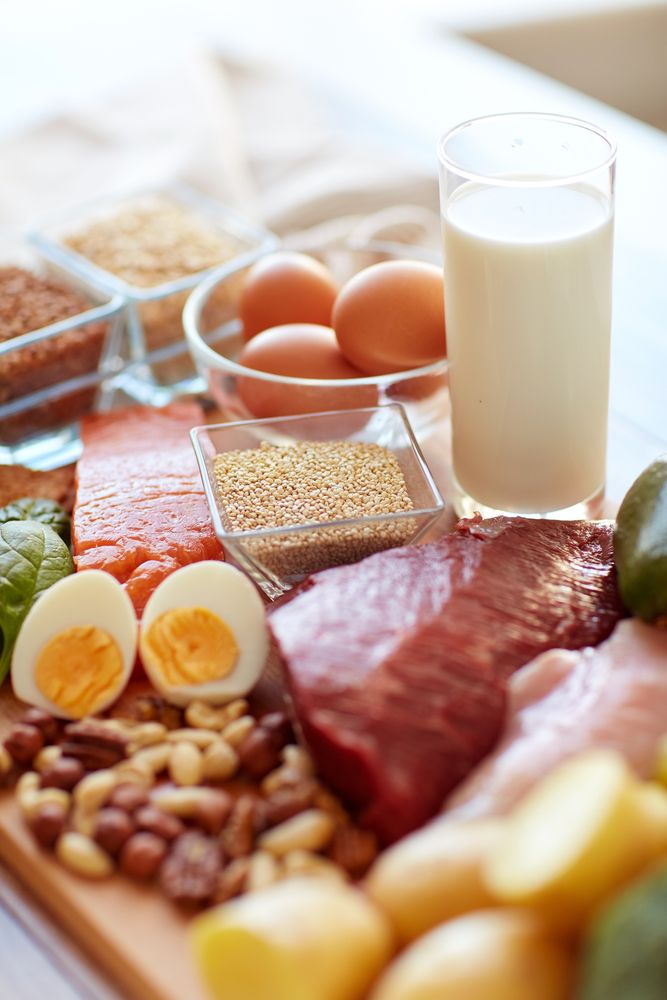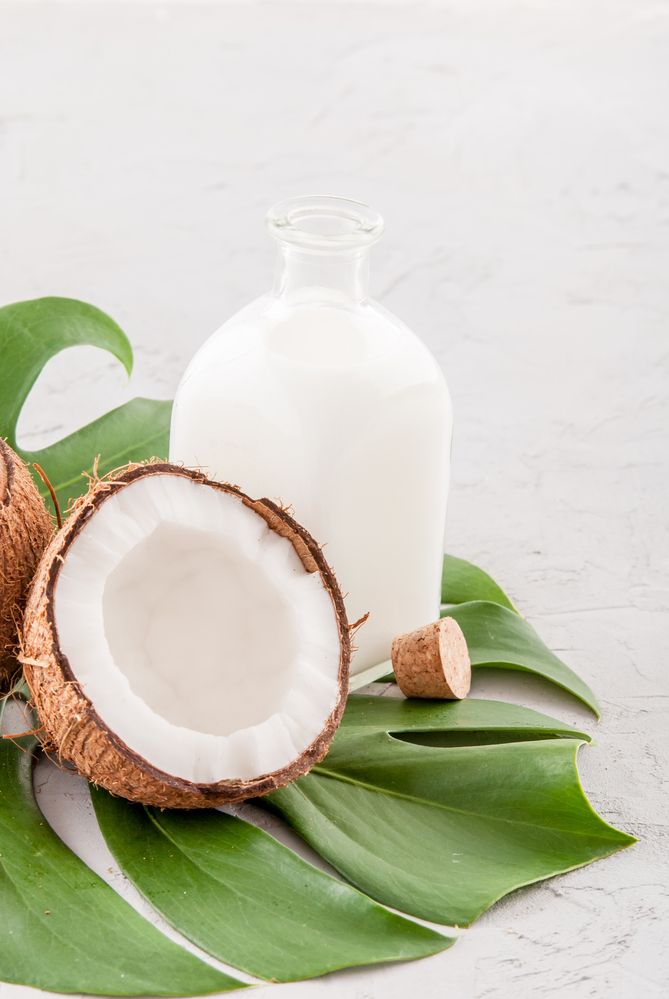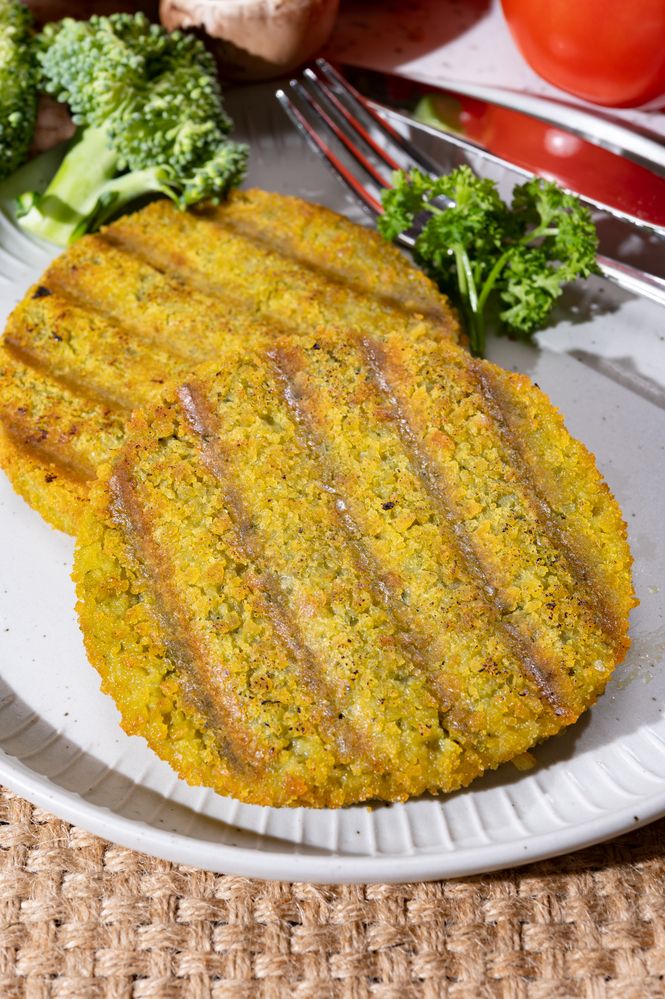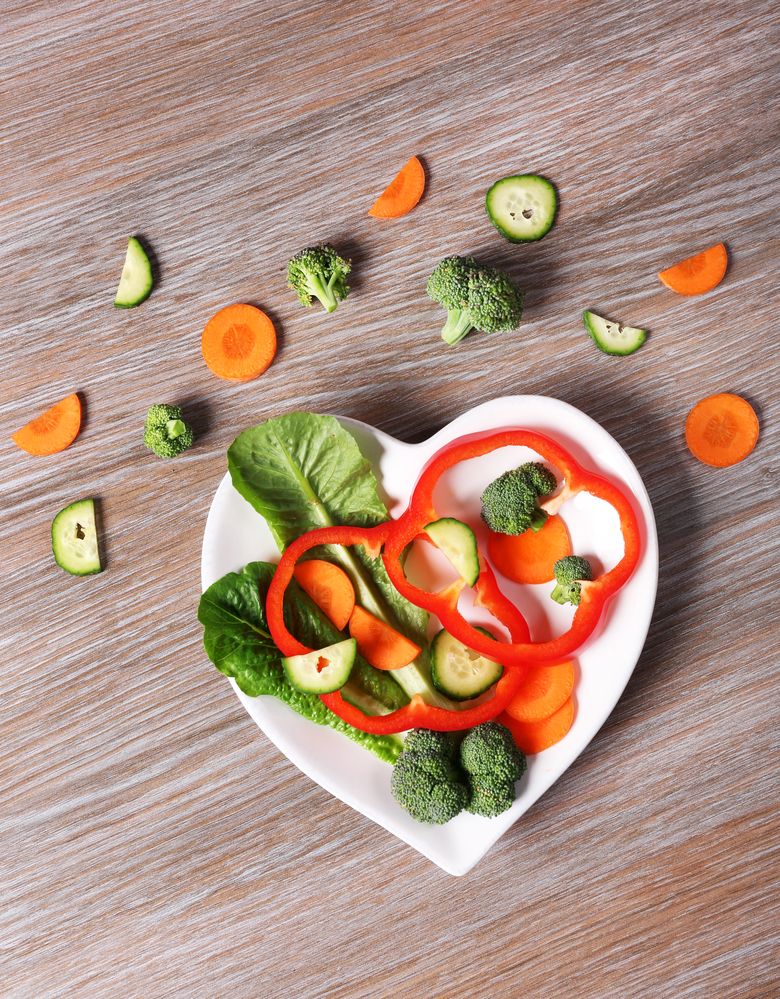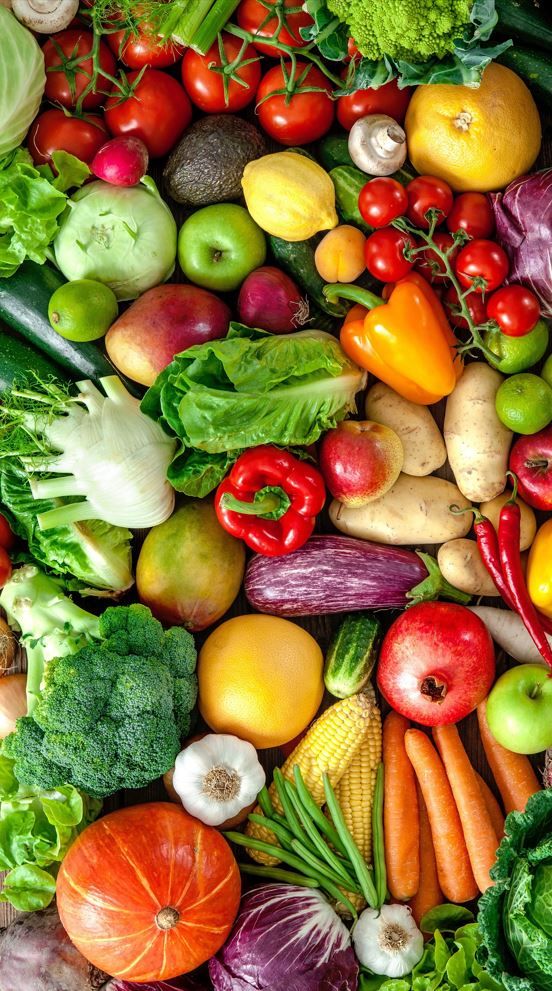Top 100 polyphenols. What are they and why are they important?
Written by Catherine Saxelby
on Tuesday, 15 March 2011.
Tagged: antioxidants, healthy eating, super foods, superfoods, tea

There are heaps of websites and food packs out there that try to compare this super food to that one. Depending on which testing method is used, you'll see sites and ads proclaiming that blueberries have more antioxidants than red wine; that goji has more than blueberries; that pomegranate juice has more than tea; and that dark chocolate is up there with all of them.
Generally I don't pay too much attention to these comparisons for a couple of reasons.
1. The tests vary in what they measure. Results depend on which test is used e.g. ORAC, FRAP, Folin. Also there will be a wide variation in natural antioxidant levels from season to season and variety to variety (red grapefruit vs yellow grapefruit). Nonetheless the same foods appear at the top of each test method - the usual suspects of berries, spices, herbs, tea, cocoa and wine.
2. New European research has identified the top 100 foods for polyphenols. This is a new listing based on the polyphenol content as measured by the Folin assay method which will supercede the rest. You can find all the details on the Phenol-Explorer database.
What are polyphenols?
Many antioxidants are polyphenols so it's worth knowing a little about them.
 Polyphenols are a large class of chemical compounds found in plants. They are characterised by the presence of more than one phenol unit or building block per molecule. A phenol unit consists of a six-membered aromatic hydrocarbon ring, bonded directly to a hydroxyl group (-OH). The simplest of the class is phenol (C6H5OH) which has long been used as an antiseptic. See diagram.
Polyphenols are a large class of chemical compounds found in plants. They are characterised by the presence of more than one phenol unit or building block per molecule. A phenol unit consists of a six-membered aromatic hydrocarbon ring, bonded directly to a hydroxyl group (-OH). The simplest of the class is phenol (C6H5OH) which has long been used as an antiseptic. See diagram.
They are also called phenolics. Poly means many, which refers to the large number of groupings of the basic phenol rings. There are over 4,000 polyphenol compounds. Many are powerful antioxidants and can neutralise free radicals, reduce inflammation and slow the growth of tumours.
Here's the chemical structure of resveratrol which is found in red wine:
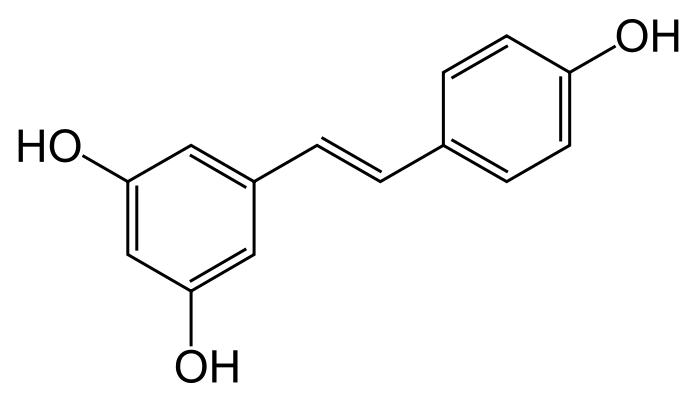
Examples of polyphenols like resveratrol
Polyphenols add astringency and bite to foods. You'll notice it in tea that's brewed too strong (once called tannins) and in the "greenish" flavour of extra-virgin olive oil or the back palate of red wine. Anything that makes your mouth pucker generally contains polyphenols.
In plants, polyphenols help defend against attack by insects and give plants their colour (anthocyanins).
Examples: resveratrol in red wine, capsaicin in chilli and paprika, thymol in thyme, cinnamic acid in cinnamon, rosmarinic acid found in rosemary, thyme, oregano, sage and peppermint.
What are the top 100
This new research gives you two lists – the first list is the richest 100 foods by concentration, (ie. the number of mg per 100g) while the second comes up with 89 foods ranked by their content per serve. It shows you the best foods and beverages that provide more than 1mg of total polyphenols per serving.
The foods range from 15,000mg per 100 grams for cloves down to a tiny 10mg per 100ml for rosé wine. Many spices and dried herbs appear on this list but not on the Per serve list as their serve size is so small (usually less than a gram or a pinch) that they were excluded.
Think of it this way – while herbs are very concentrated, we use so little that they don't contribute much in a meal. Although at times we can eat generous amounts of some – think of the amount of parsley you eat in tabbouli salad. Tea on the other hand is ranked only No 52 (black) and No 54 (green) on the Per 100g list but makes it to Nos 16 and 17 in the Per serve list as we drink sizeable quantities (200ml/7oz in a cup).
Best overall foods for polyphenols
By combining the two lists I've come up with this general list of the best food sources of polyphenols for each category of foodstuff. I've also linked to my Top 20 Super Foods so you can see the commonalities:
Spices
Cloves, star anise, capers, curry powder, ginger, cumin, cinnamon
Dried herbs
Peppermint, oregano, sage, rosemary, thyme, basil, lemon verbena, parsley, marjoram
Beverages
Cocoa, green tea, black tea, red wine
Dark berries
Black chokeberry, black elderberry, low bush blueberry, plum, cherry, blackcurrant, blackberry, strawberry, raspberry, prune, black grapes.
Seeds
Flaxseed, celery seeds
Nuts
Chestnuts, hazelnuts, pecans, almonds, walnuts
Olives
Black olives, green olives
Vegetables
Globe artichokes, red chicory, green chicory, red onion, spinach, broccoli, curly endive,
Fruit other than berries
Apples, apple juice, pomegranate juice, peach, blood orange juice, lemon juice, apricot, quince.
Oils
Extra-virgin olive oil, rapeseed (canola) oil
![]() Click to download the two lists: Top foods for polyphenols Per 100g (by concentration) and Per serve.
Click to download the two lists: Top foods for polyphenols Per 100g (by concentration) and Per serve.
Reference: Perez-Jimenez J, Neveu V, Vos Fm Scalbert A. Identification of the 100 richest dietary sources of polyphenols: an application of the Phenol-Explorer database. Eur J Clin Nutr 2010; 64(S3):S112-S120.
A word of caution
1. The researchers noted that the Folin method over-estimates the quantity of antioxidant present so these figures look greater than say the ORAC test from the US FDA which has been the biggest database until now. What this means is what I said at the outset - don't follow the numbers slavishly or base your decision on which fruit or herb to buy by this list. It doesn't matter whether there's 20 per cent more or less. It's the overall ranking that matters.
2. In addition, not all foods with a high antioxidant content have been analysed at this point in time. The authors note the following lack analyses (most are spices or dried herbs) but we'd assume they similar high levels to the ones on the reported list:
dried oregano, dried summer savoury, dried bay leaves, dried camomile, dried coriander, fenugreek, dried winter savoury, pistachio, hyssop, red swiss chard leaves, dried dill, raisin, black pepper, fresh peppermint, fig, fresh lemon balm, fenugreek seed, tarragon, lentils.
Spices in the news
Antioxidant spices reduces triglycerides and insulin response to a high-fat meal
Eating a diet rich in spices, like turmeric and cinnamon, reduces the body's negative responses to eating high-fat meals, according to US researchers. The researchers added two tablespoons of culinary spices to each test meal, which consisted of chicken curry, Italian herb bread, and a cinnamon biscuit. Spices tested were rosemary, oregano, cinnamon, turmeric, black pepper, cloves, garlic powder and paprika, which were selected because of their potent antioxidant activity. The spiced meal raised the antioxidant activity of the blood by 13 per cent and decreased insulin response by about 20 per cent. Published in the Journal of Nutrition.
You may also be interested in...
Reviews
-
Read more
Product snapshot: Tomato pasta sauces
18 September 2023 by, Catherine Saxelby
What’s in your favourite tomato pasta sauce, and how much of it? Here are the most popular sauces reviewed for your reading pleasure.
I’ve rated nine of the most popular tomato pasta sauces in terms of their nutrition, ingredient lists and jar size. You’ll find many of these in your local supermarket. The sauces are ranked:
- from Italian (Italy grows the reddest full-flavoured tomatoes) to Australian
- per 100 grams, which is equivalent to 3½ ounces (the standard for comparing food products)
- by serving size (varies between brands but is generally 100–175 g in size)
- by ingredient list, jar size and where made (with each product’s website as the source)
The bottom line
When you’re next out shopping, run your eyes down the per 100 g column and look for products containing less than 400 mg sodium AND less than 5 g fat (which equals 5% fat). Most of the brands are below these levels. I like Barilla, Sacla, Leggo’s, La Gina and Mutti – but that’s just me!
-
Product review: Low-sugar alcoholic ginger beer
1 March 2023 by, Catherine Saxelby
Want something to drink before dinner? Something that’s LOWER in alcohol than wine? To match his beer? Then look no further than Bundaberg’s low-sugar alcoholic ginger beer.
You can drink Bundaberg low-sugar ginger beer straight from the can, or pour it into a long glass over ice with a slice of lime.
-
Product snapshot: Berkelo’s Khorasan Macaroni
14 September 2022 by, Catherine Saxelby
I’m loving this macaroni from Berkelo. I was sent a sample for Whole Grain Week 2022 by the Grains Legume Nutrition Council. I cooked it up and found that it was just divine! Read on for more …
-
Product review: Super high-oleic safflower oil
11 May 2022 by, Catherine Saxelby
“What does super high-oleic mean?” I hear you ask. Also, “I haven’t heard of safflower for ages. What’s the deal?” Read on and all will be explained.
-
Product review: Healthy Life Food Tracker
6 April 2022 by, Catherine Saxelby
When I was first asked to write this review, I thought, Not another tracker.
After all, there have been several in recent years, such as My Fitness Pal and Everyday Diet Diary. But this one is different. It works by using your Everyday Rewards card AND your shop at Woolworths.
-
20 October 2021 by, Catherine Saxelby
With home delivery on the rise, this post is reviewing none other than that stalwart Lite n’ Easy. We all know their meals are good for weight loss (which we all need after COVID-19!), but did you know they’re also good for general health and wellbeing ? Eating well to nourish yourself – putting your mental health and wellbeing at the forefront – is gaining momentum. Lite n’ Easy meals also ensures you satisfy your need for vitamins, minerals, fibre and phyto-compounds, such as sterols and carotenoids.
 This post has been sponsored by Lite n' Easy.
This post has been sponsored by Lite n' Easy. -
Product review: Birds Eye Plant Based range
15 September 2021 by, Catherine Saxelby
When you think of Birds Eye, their frozen peas and fish fingers probably come to mind. But I bet you’d never think of plant-based products!
 This post has been sponsored by Birds Eye.
This post has been sponsored by Birds Eye.
Healthy Weight Loss
-
Read more
Intermittent fasting vs daily calorie restriction
3 May 2023 by, Catherine Saxelby
As you probably know already, intermittent fasting (IF) has gained favour as an alternative regimen to daily caloric restriction (DCR). Fasting is shown to extend the lifespan of rats, and has been associated with metabolic benefits in humans, yet the results so far have been inconsistent. So, which regimen is best for healthy weight loss?
-
15 March 2023 by, Catherine Saxelby
What sort of a diet should you follow to lose that excess weight? These days, it’s pretty confusing with high-protein Keto advocates clashing with plant-protein followers … as well as intermittent fasters, juice-only dieters, no-carb dieters and no-animal (aka plant-based) dieters. Plus all the ads for anti-hunger supplements, meal-replacement shakes and home-delivered meals, more of which somehow appear every day. So, what sort of diet should YOU follow to lose that excess?
-
Protein shakes for weight loss
9 November 2022 by, Catherine Saxelby
These days, protein shakes aren’t bought by just body builders – they’re so popular that you can readily buy a 400 g tub at your local supermarket or service station. And with tempting claims such as ‘Facilitates muscle toning’, ‘Contains transformation-making protein’ and ‘Tastes incredible, mixes easily’, why wouldn’t you grab one? But protein shakes aren’t the magic answer to all your weight-loss woes. Let’s take a look at what you get for your money.
Guest post by dietitian Zoe Wilson APD
-
20 January 2021 by, Catherine Saxelby
Many of us have cravings from time to time and for different reasons. One thing is certain, they can sabotage all your best efforts at a healthy diet and/or weight loss. The good news? You CAN beat them. I’ll tell you how.
-
How to lose weight WITHOUT going on a diet
14 October 2020 by, Catherine Saxelby
The word 'diet' is a turn-off for most people. It sounds hard, unpleasant and unpalatable. Losing weight doesn’t have to be hard AND it doesn’t have mean sticking to a 'diet'. You can forget Paleo, Keto, Vegan and Raw, Gluten-free and Intermittent Fasting. To lose weight, you don’t have to follow any specific diet. What you need is simple, healthy, nutritious food and a few tips and tricks.
-
What IS a healthy balanced diet for weight loss?
16 September 2020 by, Catherine Saxelby
Healthy weight loss happens when you lose weight slowly and steadily (around 1 kg or 2 pounds weight loss a week). Your goal is to lose weight while still getting your essential nutrients but from smaller portions. You certainly don’t want to be tired with no energy! That’s why you need regular healthy meals and snacks on hand to ensure your vitamins, minerals, omega-3s and fibre needs can be easily met. There is a new range of healthy weight loss meals available and it’s one that I’d like to recommend. With these ready meals, you’ll say goodbye to meal planning, shopping, meal preparation and cooking.
This post is sponsored by Chefgood
-
Kitchen make-over for the New Year
8 January 2020 by, Catherine Saxelby
“This year, I'm going to lose weight!”, or “This year I’m opting for a healthier lifestyle!” Is your 2020 New Year's resolution something like one of these? If so, how is it going to happen?
Most popular
-
Read more
Q. What's the difference between Diet Coke and Coke Zero?
12 September 2013 by, Catherine Saxelby
A. At first glance, Diet Coke and Coke Zero appear to be identical. Both contain no kilojoules (Calories) and no sugar. Both are artificially sweetened with (the same amount) of aspartame and acesulfame K and therefore have the same ‘sweetness’.
-
7 types of sugar - which is healthier?
11 December 2013 by, Catherine Saxelby
Last week on the radio, the announcer asked me if there was a 'good' sugar – one that would satisfy her sweet tooth but that was 'healthier' than regular white sugar. She figured if there were 'good' carbs and 'bad' carbs there must be some sugars that would get the nod of approval from nutritionists.
-
How to convert sodium to salt (and salt to sodium)
6 August 2010 by, Catherine Saxelby
As a nutritionist, my aim is to help busy women eat healthily. One of the ways to do this is to follow the general nutrition advice to reduce the salt in your diet. So, how can you do this when what you’ll see on a food label and on any recommended daily intakes is sodium?
-
Eat to beat gastro and diarrhoea
12 October 2012 by, Catherine Saxelby
A clear fluid diet is the best form of treatment for gastro and tummy upsets. It is the "lightest" type of diet, designed to place as little strain as possible on the digestive tract. It is NOT nutritionally adequate and should be followed only for a strictly limited time e.g. two or three days but no more than a week.
-
Nutella. The full (correct) list of ingredients
12 April 2011 by, Catherine Saxelby
Have you ever tried to find the exact list of ingredients for Nutella online? The identical one that appears on its label - in descending order from the first (largest ingredient by weight) to the last ingredient, as required by law? Well, you won’t find it! Here’s the hoop-la I went through to discover exactly what the ingredients in Nutella are and why Nutella is not good for your kids.
-
Sugar - why quitting sugar guarantees you'll lose weight
6 May 2013 by, Catherine Saxelby
Sugar. It's been labelled "deadly", "addictive", "toxic", "sweet poison" and blamed for the rise in global obesity in recent years." Get rid of the white toxin from your diet and you'll free up your body to drop those excess kilos" (or so say anti-sugar campaigners Sarah Wilson, David Gillespie and Robert Lustig). Here are the three real reasons why I believe quitting sugar helps you lose weight.
-
What does 8,700 kilojoules look like?
14 August 2012 by, Catherine Saxelby
8,700 is a magic number in nutrition. It’s the number of kilojoules (kJ) that is the “average” intake for adults in Australia, if the surveys are correct.
It’s widely used as a benchmark figure and as the basis of food labels such as the Percent Daily Intake values.
Recently kilojoules have appeared on fast food menu boards and they use 8,700 as the yardstick to assess their foods against. Here's my take on it.
Recipes
-
Read more
24 May 2023 by, Catherine Saxelby
This is a kind of pavlova topped with fruit, but the base is made from ricotta, rather than egg whites and sugar.
-
22 March 2023 by, Catherine Saxelby
This is an Asian-influenced salad that’s perfect to serve as a side salad at a BBQ or with a fillet of fish.
-
14 December 2022 by, Guest Post
This banana loaf is half bread and half cake. Hence I've called it "cread" which is halfway! It’s dense and delicious without being super-sweet or oily. It can be enjoyed fresh, toasted or sliced and frozen into portions to enjoy later.
-
23 November 2022 by, Guest Post
This quick and easy dessert is ready in minutes. And there are NO leftovers to tempt you later!
-
19 October 2022 by, Catherine Saxelby
A quick and easily-made sandwich, it’s great for an easy lunch.
-
Spring Vegetable Pesto Pasta Salad
7 September 2022 by, Guest post
This super salad-in-one gives you pasta plus vegetables all together. It has a spring feel to it. More?
-
Squash-ed spaghetti bolognaise
3 August 2022 by, Guest post
This is an excellent make-and-freeze recipe, so weeknight meals become more manageable. I know of no better way of ‘hiding’ veggies than in a Bol sauce – somehow mince with a few veggies like pumpkin or zucchini is a match made in heaven.
The Good Stuff
The Boring Stuff
© 2023 Foodwatch Australia. All rights reserved
Author photo by Kate Williams
Website by Joomstore eCommerce
